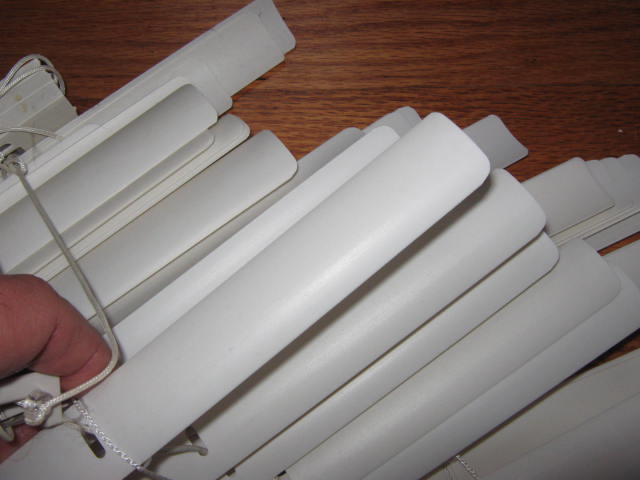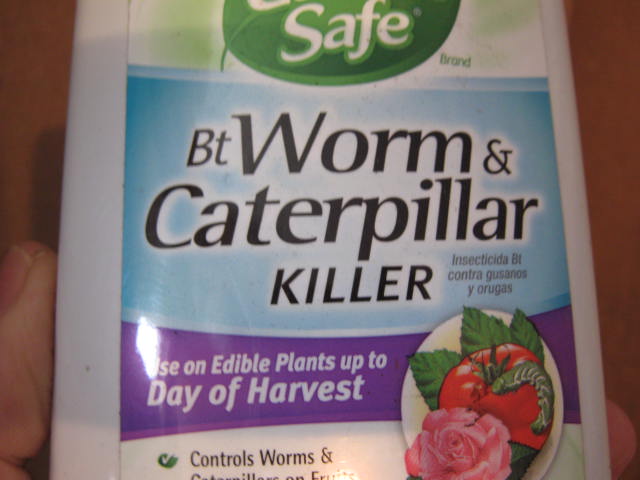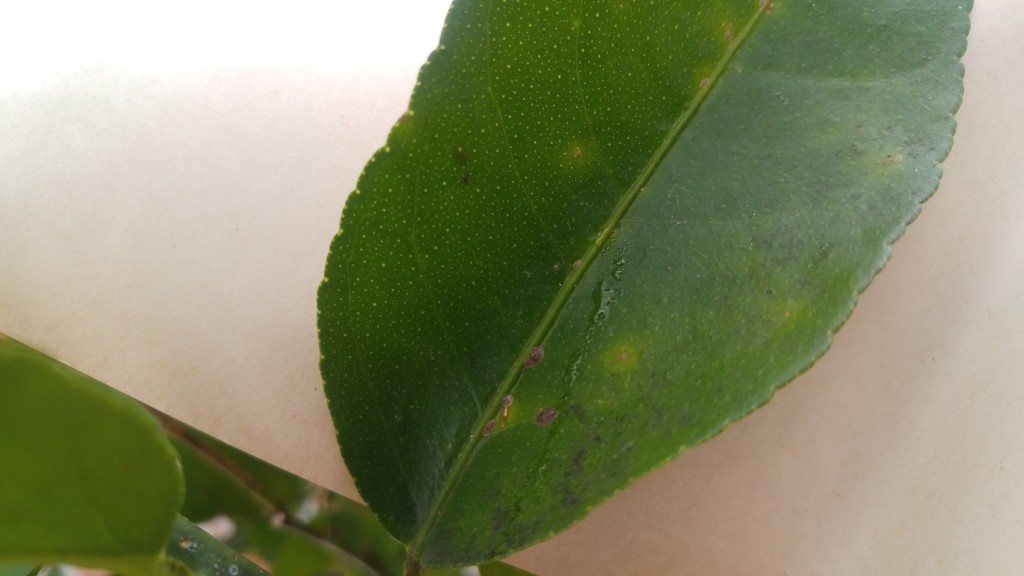The folks who help drive popular culture have finally acknowledged what gardeners have known all along, green is the color of the year for 2017. Actually green has been the color of the year every year for gardeners. More specifically, for non-gardeners, this year the color is Pantone “Greenery 15-0343“, a very specific shade of green.
Pantone color engineers describe this shade of green as “nature’s neutral” since it can appear wherever plants predominate. When choosing a color, they make a serious attempt to reflect what they see as happening in the world — a “color snapshot” of our global society at a certain point in time.
It may seem frivolous to some to have a color of the year, but when you realize that people are very much visual creatures, it makes a lot of sense.
As someone with a background in biology, I see green as the color chlorophyll. Without chlorophyll, there would be no photosynthesis and without photosynthesis, there would be no life on earth as we know it. To fuel photosynthesis, leaves absorb red, blue, purple, yellow and all of the wavelengths of sunlight except green to gather energy from the sun. Green is no use to plants so they let it bounce off their leaves instead of absorbing it. And that is the color our eyes see making the leaves appear to be green to us.
There are of course many shades and hues of green in the natural world, Greenery 15-0343 happens to be one of them. Gardeners use leaf color to design their plantings as well as flowers. The bright, eye-catching, chartreuse-green of Marguerite Ipomea is one well-known example of using leaf color as a design feature.
A plant’s leaf color is a fairly accurate indicator of its general health. Many disorders have symptoms that show up as changes in leaf color. For example, a nitrogen deficiency will cause lower leaves to turn a lighter shade of green. An observant, experienced gardener will know that something must be done quickly to bring the nitrogen levels back into balance before serious damage is done to the plant.
Manufactures, graphic designers, architects,fashion designers and others have geared up for a Greenery year. If you keep your eye open, you’ll notice this color popping up all over in 2017 and not just in the landscape.
Bob


